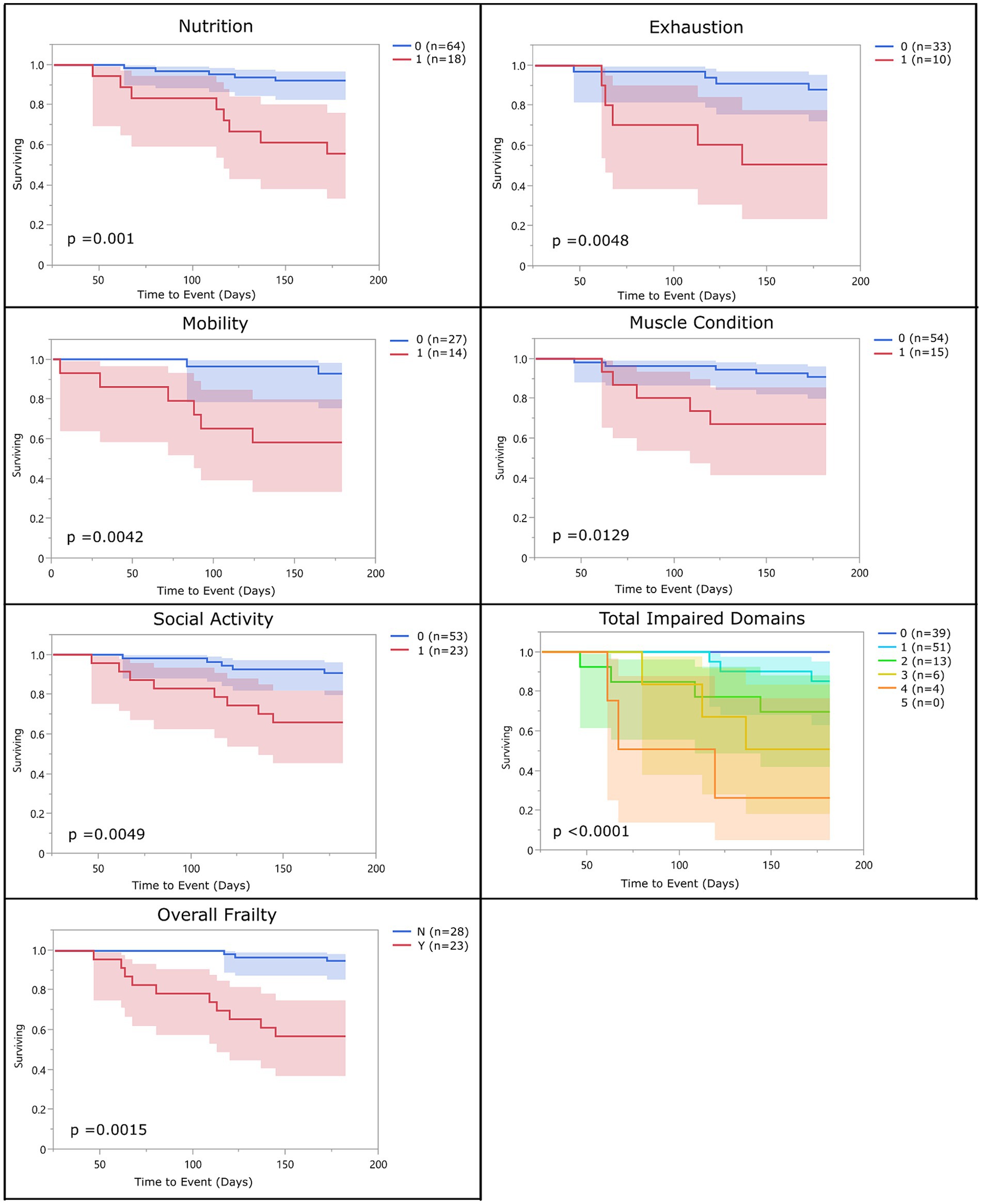2024-09-30 カリフォルニア工科大学(Caltech)
<関連情報>
- https://www.caltech.edu/about/news/new-laser-based-headset-can-measure-blood-flow-assess-risk-of-stroke
- https://opg.optica.org/boe/fulltext.cfm?uri=boe-15-10-6083&id=560941
携帯型スペックルコントラスト光分光レーザー装置を用いた非侵襲的脳血管灌流動態と脳卒中リスクの相関性 Correlating stroke risk with non-invasive cerebrovascular perfusion dynamics using a portable speckle contrast optical spectroscopy laser device
Yu Xi Huang, Simon Mahler, Aidin Abedi, Julian Michael Tyszka, Yu Tung Lo, Patrick D. Lyden, Jonathan Russin, Charles Liu, and Changhuei Yang
Biomedical Optics Express Published: September 30, 2024
DOI:https://doi.org/10.1364/BOE.534796
Abstract
Stroke poses a significant global health threat, with millions affected annually, leading to substantial morbidity and mortality. Current stroke risk assessment for the general population relies on markers such as demographics, blood tests, and comorbidities. A minimally invasive, clinically scalable, and cost-effective way to directly measure cerebral blood flow presents an opportunity. This opportunity has the potential to positively impact effective stroke risk assessment prevention and intervention. Physiological changes in the cerebrovascular system, particularly in response to hypercapnia and hypoxia during voluntary breath-holding can offer insights into stroke risk assessment. However, existing methods for measuring cerebral perfusion reserves, such as blood flow and blood volume changes, are limited by either invasiveness or impracticality. Herein we propose a non-invasive transcranial approach using speckle contrast optical spectroscopy (SCOS) to non-invasively monitor regional changes in brain blood flow and volume during breath-holding. Our study, conducted on 50 individuals classified into two groups (low-risk and higher-risk for stroke), shows significant differences in blood dynamic changes during breath-holding between the two groups, providing physiological insights for stroke risk assessment using a non-invasive quantification paradigm. Given its cost-effectiveness, scalability, portability, and simplicity, this laser-centric tool has significant potential for early diagnosis and treatment of stroke in the general population.


